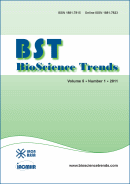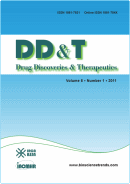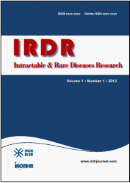BioScience Trends. 2025;19(4):368-373. (DOI: 10.5582/bst.2025.01228)
From dengue to chikungunya: Guangdong as a sentinel for arboviral threats in East Asia
Feng Y, Chang FF, Yang Y, Lu HZ
Chikungunya virus (CHIKV), an emerging mosquito-borne alphavirus, poses an escalating global public health threat due to its rapid geographic expansion and increasing outbreak frequency. While most infections present with acute fever and severe polyarthralgia, a significant proportion of patients develop chronic, disabling joint symptoms. Recent local transmission in subtropical urban regions of China, and particularly Guangdong Province, where over 4,800 cases were reported in Foshan alone by July 2025, highlights the virus's adaptability to new environments. Globally, over 220,000 cases and 80 deaths were reported in the first half of 2025 across 14 countries, with Brazil accounting for the majority of the reported cases. Climate factors, viral evolution, and human mobility are major drivers of the virus’ spread. Despite the growing threat, no specific antiviral treatment or licensed vaccine is currently available. An effective response requires integrated strategies combining vaccine development, vector control, early warning systems, and climate-adaptive public health planning to mitigate further transmission and its health and socioeconomic impact.







